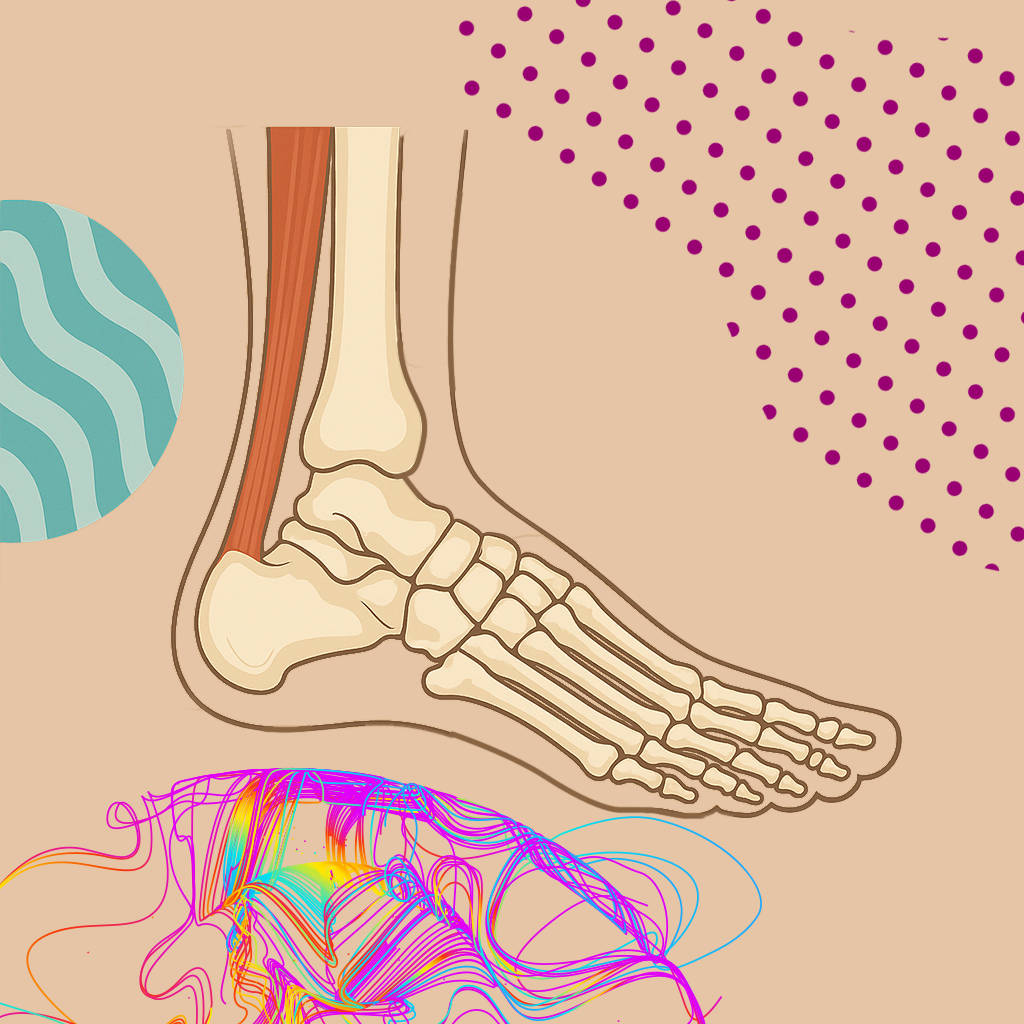

Foot Function and Biomechanics
Human movement is a complex biomechanical process involving various modes of locomotion such as walking, running, crawling, jumping, and swimming. During walking, the foot rolls across the ground while the torso rotates, working together to support forward motion.
Each person develops a unique movement pattern—also known as a biomechanical signature—which reflects their posture and lower limb dynamics. The feet play a central role in this system, serving as both sensory and motor regulators. They respond to ground surface characteristics and body weight via the Ground Reaction Force (GRF). According to Newton’s third law, when the body exerts vertical force onto the ground, the ground responds with an equal and opposite force. This interaction supports balance and upright posture.
Foot Mechanics and Individual Differences
Foot shape alone does not determine function. What truly matters is the foot’s ability to adapt to movement and load. Common terms such as flat feet (pronation) and high arches (supination) refer primarily to static shape, but a thorough biomechanical assessment must also consider dynamic behavior.
A healthy foot requires both flexibility (pronation) to absorb ground contact and stability (supination) to support propulsion. How weight is distributed across the foot is determined by the movement of the center of mass (COM), which constantly shifts during locomotion. While walking, the COM transitions from heel to toe, influencing how pressure is distributed on the foot.
Foot function is also influenced by the biomechanics of the tibia, fibula, femur, and pelvis. Foot joints respond as part of a kinetic chain in the lower limb, where:
-
In pronation, dorsiflexion occurs, the tibia moves forward relative to the talus, and the tibia internally rotates.
-
In supination, plantarflexion occurs, the tibia moves backward relative to the talus, and the tibia externally rotates.
If these mechanisms do not function in sync, compensatory movement patterns can arise. Over time, this may lead to structural changes in the foot and a decline in functional efficiency.
Biomechanical Exercises and Supporting Foot Function
Targeted exercise can improve foot biomechanics and address common issues such as hallux valgus (bunion) or excessive pronation (low arch). Effective training should consider the full kinetic chain of the lower limb, including the interaction between the foot and the pelvis.
For example, if the ankle fails to achieve dorsiflexion, the tibia does not internally rotate, and the heel bones do not evert, weight may be unevenly distributed. This can disrupt knee and hip mechanics and contribute to foot deformities.
Pilates and Enhancing Foot Function
Pilates often incorporates tools like the Toe Corrector to increase mobility in the first metatarsophalangeal joint (1st MTP joint). However, isolating the toes may not be enough to ensure optimal load distribution across the foot.
Effective foot training should integrate the synergy of the forefoot and rearfoot, include ankle dorsiflexion, and coordinate tibial and calcaneal biomechanics. For example, the Toe Corrector can be used in combination with upright standing, ankle dorsiflexion, and heel eversion to improve weight distribution and strengthen the intrinsic muscles of the foot arch.
Conclusion
Understanding foot structure and function, along with evaluating its biomechanical mechanisms, allows for targeted development of both foot stability and mobility. This can improve movement efficiency, reduce injury risk, and support dynamic balance and force transmission through the body to the ground.
Article by Madeline Black
If you’d like support in understanding and improving your own foot function and biomechanics to enhance your movement quality or efficiency, visit our Pilates studio in Tallinn Old Town at Pikk Street 7!
